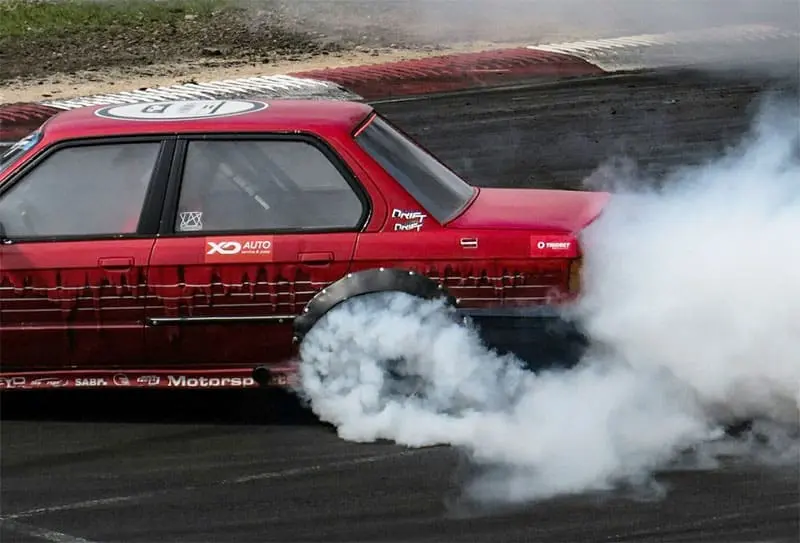You always need to know: there are two main types of white smoke that can come from your vehicle’s exhaust. The first one is not problematic while the second one indicates a mechanical anomaly. It is thanks to the thickness of the white smoke emanating from your car that you will be able to identify one or the other typology. So, there are two main types of white smoke:
- White condensation smoke. It appears when water vapor condenses inside the exhaust system, mainly when starting in cold weather. This is due to the temperature difference between the hot exhaust gases and the cold ambient air. This thin white smoke is completely normal and disappears very quickly when conditions return to normal.
- White smoke due to a mechanical problem. If your white smoke is thick and persists, it may indicate a mechanical problem such as a coolant leak into the combustion chamber or a problem with the head gasket and requires inspection by an auto repair professional.
The white smoke always forms due to the presence of water vaporized by heat. If we know that the presence of white smoke is due to the vaporization of water by heat, several factors can explain the cause and here they are…
The catalytic converter for a diesel engine
In the case of a diesel engine, the water can also come from the treatment of emissions harmful to the environment by the catalytic converter. In this specific case, the polluting hydrocarbons are transformed into carbon monoxide and water, which can also be seen flowing from the exhaust. In these two cases, there is no real cause for concern and these reactions are completely normal.
If, on the other hand, still when starting, there is an accumulation of coolant in a cylinder with the engine at rest, you will notice that when the vehicle starts, a dense vapor due to the vaporization of this liquid escapes during the starting phase.

When hot, the combustion pressure will be higher than that of the cooling circuit, thus preventing the flow of liquid, as can be the case with a porous head gasket, making the smoke barely perceptible. The diagnosis will be confirmed by problems during startup, linked to the presence of liquid in one of the combustion chambers. You will then have to go to a mechanic because this situation can cause buckling (deformation, of the connecting rod linked to the piston).
A rapid drop in coolant will also help confirm this diagnosis, or a high temperature or pressure in the cooling system. A replacement of the cylinder head gasket will then have to be considered, as well as that of the buckled connecting rod. Remember that a cylinder head gasket is responsible for ensuring the sealing of the engine circuits. The professional will confirm the correct diagnosis by blowing pressurized air into the cooling circuit.
In the event of a loss of pressure without a detected leak, there will be no doubt that the head gasket or cylinder head will die. Buckling of the connecting rod will be confirmed by a low piston when the vehicle is in neutral. The role of the cylinder head is to ensure that the engine closes.
The exhaust line at start-up
When white smoke escapes when starting the vehicle and then stops appearing once the engine is warm, the steam can come from the exhaust line when, when starting, condensation water is created on the metal walls and is vaporized by heating the exhaust line.
Problem with glow plugs
Glow plugs, also called exhaust plugs, are components of the exhaust system of diesel engines that may be involved in the emission of white smoke from the exhaust. Their main role is to heat the engine’s combustion chamber before cold starting, making it easier to ignite the diesel fuel. Indeed, unlike the gasoline engine, the diesel does not explode thanks to the ignition of the candle. Instead, diesel fuel must be heated and pressurized.
However, if these spark plugs are defective or do not work correctly, they will not heat the combustion chamber to the sufficient temperature, the diesel fuel will therefore not burn completely when starting and this will cause the exhaust of white smoke. To resolve this problem, it is generally necessary to have the defective glow plugs inspected and replaced by a mechanic.







